10 Ways Rescue Dogs Show What They’re Feeling Inside

Life changes for a rescued dog the moment it enters a new home. Everything feels unfamiliar—new sounds and people, perhaps even the scent of the floor. As they settle in, emotions surface in ways that reveal how much adjustment is underway. Here’s what you might notice as they take shape.
Curiosity Wrapped In Caution

Many rescued dogs begin by moving carefully through unfamiliar spaces at a slow pace. Corners get checked and furniture sniffed, but they often pause before committing to a new area. These quiet moments mark the beginning of adjustment as the surroundings slowly become less uncertain.
Sleeps More Than Expected

The shift from noisy shelters to a quiet home often leads to long stretches of rest. A dog might settle into a favorite corner and sleep deeply for hours. Such a reaction isn’t unusual. With stress hormones dropping and external pressure gone, rest becomes one of the first signs of emotional recovery.
Shies Away From Touch
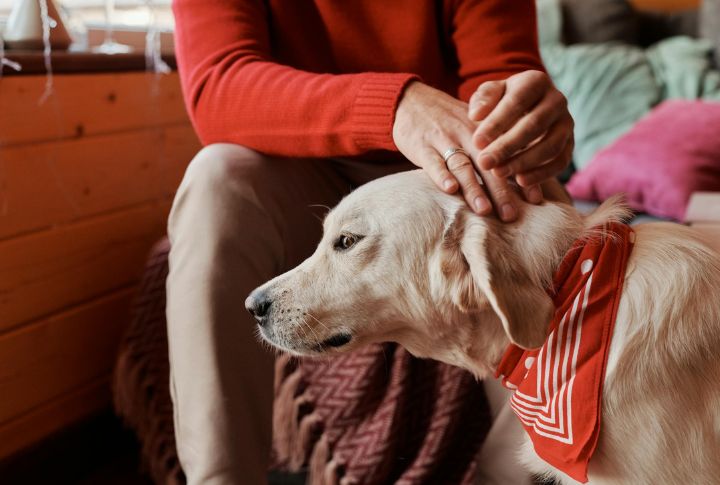
Reaching out too quickly can cause some dogs to step back or duck their heads. Reactions vary, but hesitation around physical contact typically signals past discomfort. Instead of pushing, letting the dog make the first move builds trust naturally, especially as it’s paired with calm energy and a soft presence.
Changes Eating Habits Over Time

Changes in eating patterns can reveal how a dog feels inside. Some newly rescued dogs skip meals or wait until no one is watching. Over time, as trust grows, appetite improves and mealtimes become more regular. This quiet shift signals the dog now feels safe and at ease.
Watches Without Joining In
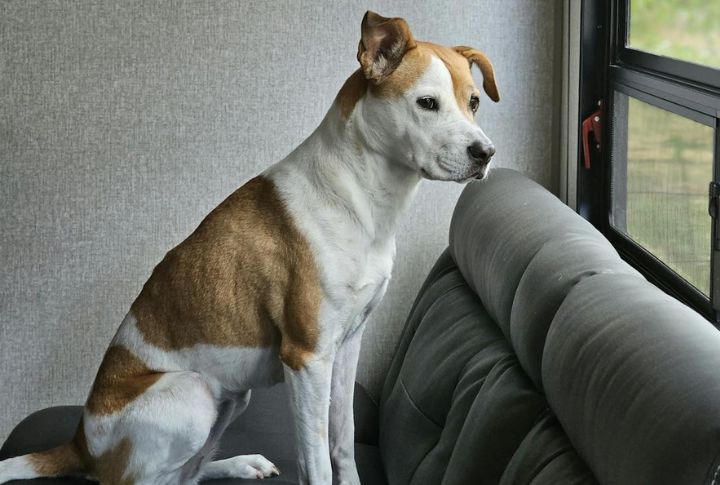
Rather than diving into activity, a rescued dog may sit near the edge of a room or hover just beyond the action. It takes in everything—conversations, movement, even light changes. Engagement builds slowly, often after observing how safe and consistent the household rhythm feels.
Hesitates At Doorways Or Stairs

Some dogs stop short at thresholds without an apparent reason. A hallway might feel too narrow or an unfamiliar floor surface too uncertain. Encouraging words or a calm presence nearby helps, but time plays a bigger role than prompting. Movement returns once the space feels navigable on its own.
Avoids Eye Contact Early On

Brief glances, head turns, or lowered eyes can all be signs of emotional caution. Direct stares may feel intimidating to a dog still gauging its surroundings. Gradually, as the tension eases, you’ll notice the dog’s gaze becoming steadier, occasionally lingering just a little longer each day.
Whines Or Barks When Left Alone
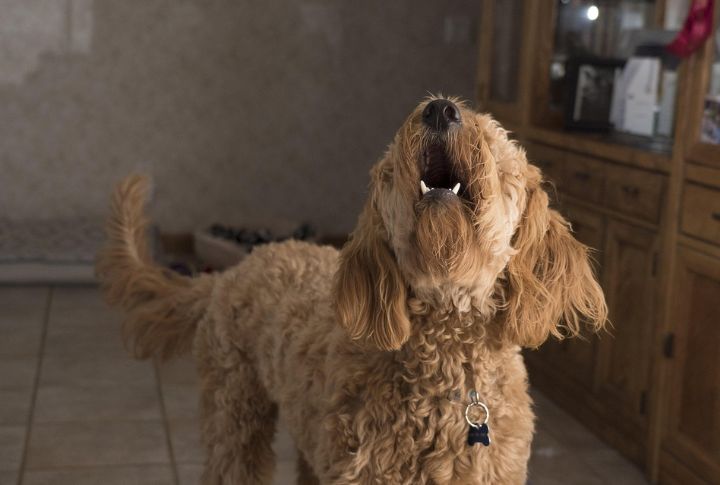
A closed door may trigger more than silence. Some dogs whimper when you’re out of sight, while others bark urgently. It isn’t disobedience—it’s emotional stress surfacing as noise. Even short separations tend to stir a strong reaction in dogs still learning that they haven’t been abandoned again.
Freezes During Walks
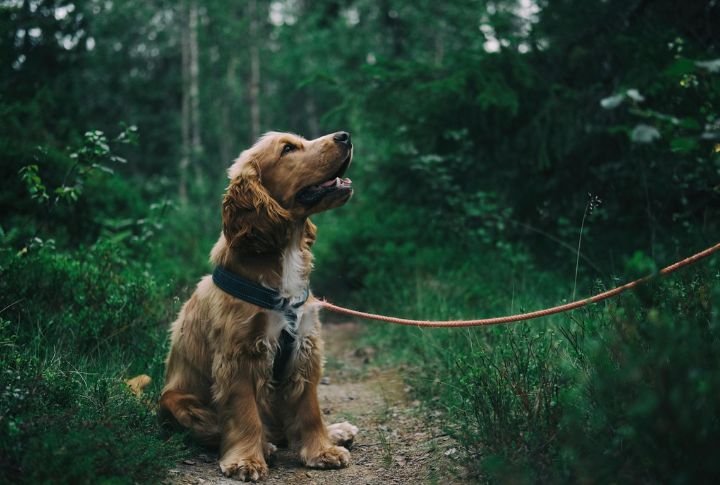
Instead of pulling on the leash, a dog may stop cold mid-step, head low, refusing to budge. This response typically comes from overstimulation or uncertainty about the path ahead. With quiet reassurance and patience, most canines move again after the world becomes more familiar.
Overexcitement During Affection
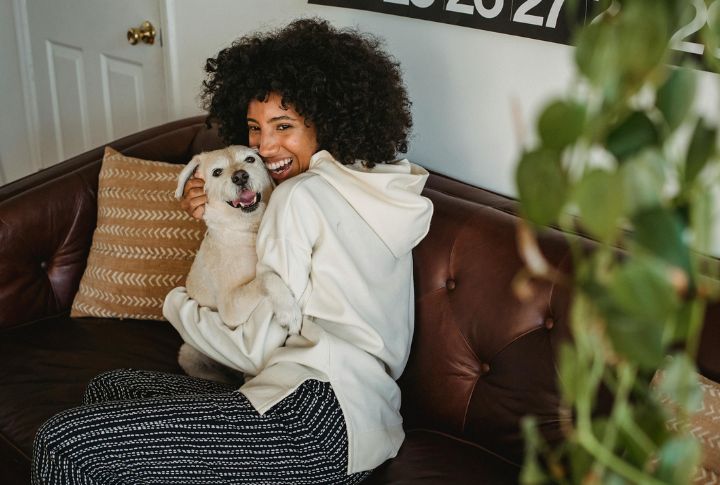
When physical contact becomes safe, many dogs lean in heavily or jump up during petting. The behavior can come across as too much, too fast, but it usually stems from an intense surge brought on by limited past interaction. Over time, as the novelty fades, their responses tend to settle naturally.





